12 Months of Safety
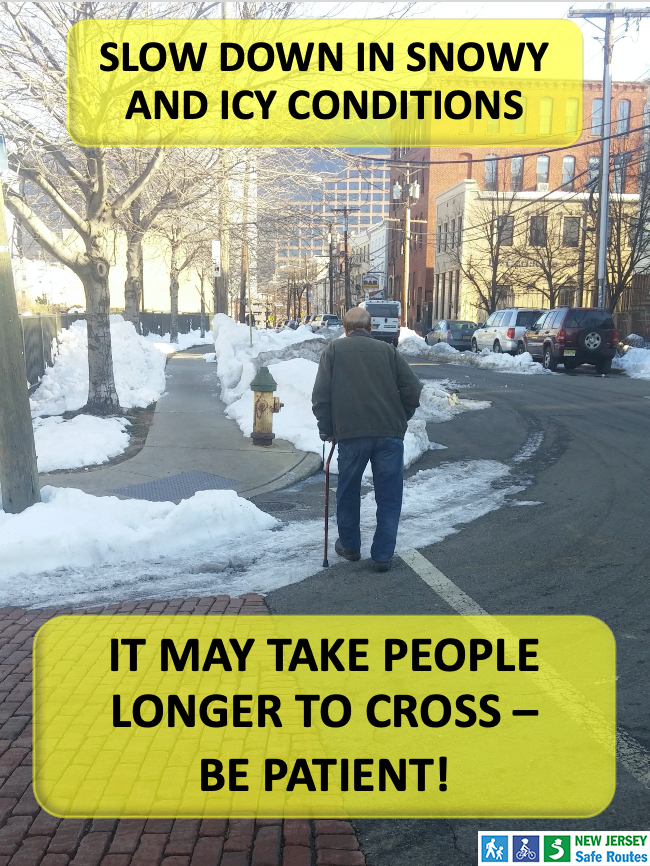
Winter Months
Reduce your speed: High speeds make it both easy to lose control and difficult to stop. You should never be driving faster than 45mph in any vehicle when roads are icy – not even on highways! In many cases, much slower speeds are necessary. You can slide off of the road on certain types of more treacherous icing – like black ice – at 10mph or less! If you’re fishtailing or sliding at all, it means you are going too fast for the conditions.
Go easy on the brakes: Brake application is a common trigger of slides that result in a loss of vehicle control. ABS (antilock brakes) do not work well on ice and snow, and often will lock up your wheels regardless. Sliding wheels are uncontrollable, that is, steering input will not change the vehicle’s direction if the wheels are sliding.
The best way to avoid an accident on an icy road is to simply stay off the roads until the threat passes. Nothing can inconvenience you more than a wreck or getting stuck!
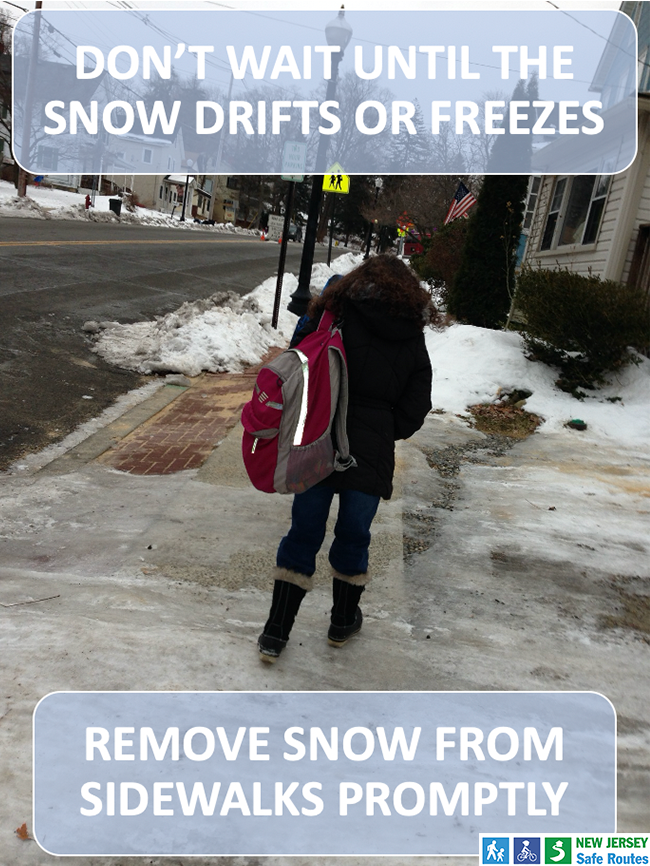
January
Check that crosswalks are clear of ice and snow. Slips and falls account for 300,000 serious injuries and 20,000 deaths a year. Slips, trips, and falls can put crossing guards and other pedestrians on the injured list.
Tips to preventing winter slips and falls:
- Although your hands might be cold, don’t put them in your pockets when you are navigating wintry stretches. If you slip, you will need your arms to restore balance. If you fall, your arms will help you to break your fall and land safely.
- Wear the proper footwear. Although it may not be glamorous to wear a pair of boots, it will give you traction, not to mention keep your feet warm. If you want to wear heels or other kinds of shoes, simply carry an extra pair with you to change in to.
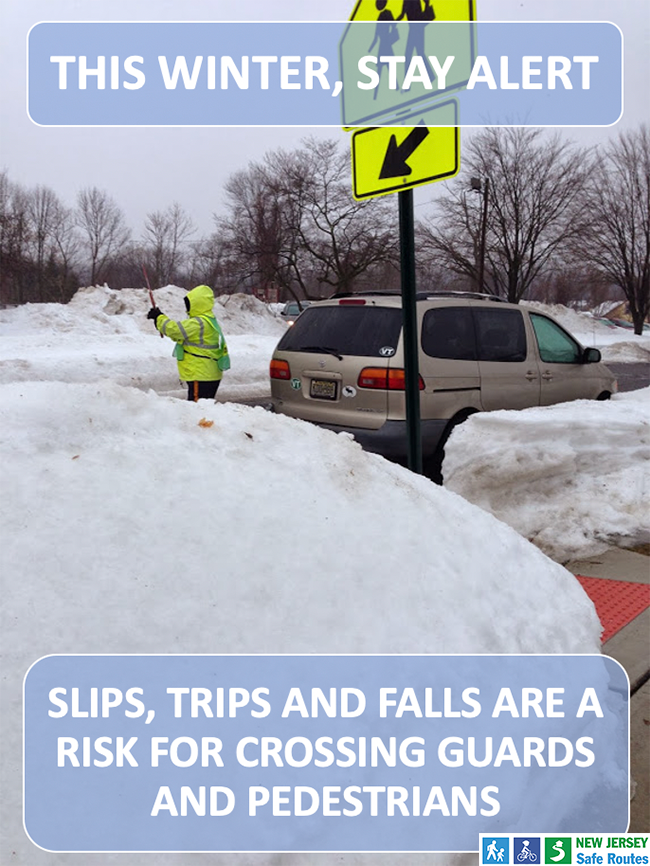
February
Check that crosswalks are clear of ice and snow. Slips and falls account for 300,000 serious injuries and 20,000 deaths a year. Slips, trips, and falls can put crossing guards and other pedestrians on the injured list.
Tips to preventing winter slips and falls:
- Although your hands might be cold, don’t put them in your pockets when you are navigating wintry stretches. If you slip, you will need your arms to restore balance. If you fall, your arms will help you to break your fall and land safely.
- Wear the proper footwear. Although it may not be glamorous to wear a pair of boots, it will give you traction, not to mention keep your feet warm. If you want to wear heels or other kinds of shoes, simply carry an extra pair with you to change in to.
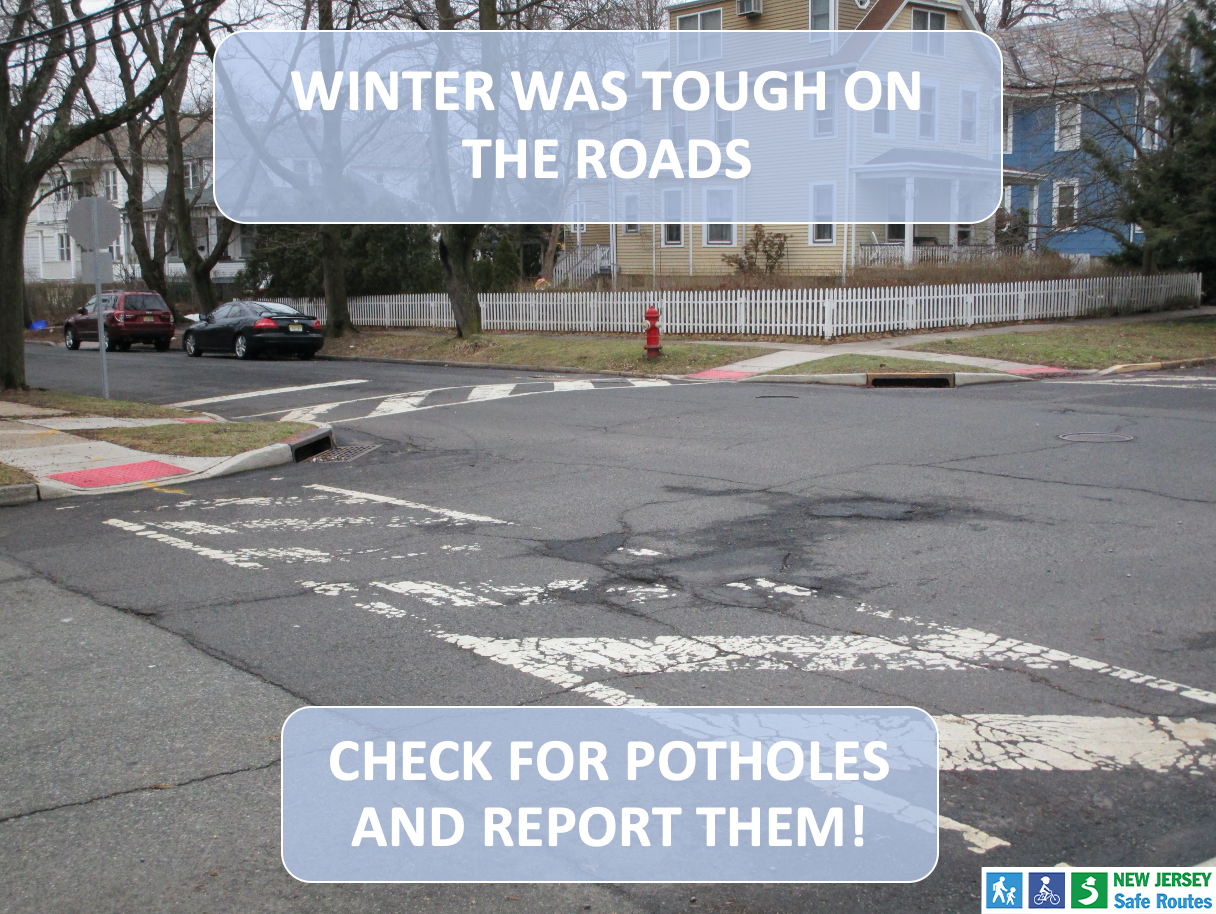
March
Winter weather wrecks the roads. Now that spring is here, check for potholes at school crossings and report them to the Department of Public Works to keep crossing guards and students safe from injury. Here are some more tips for dealing with potholes:
- Properly inflated tires hold up better against potholes than tires that have too much or too little air.
- If you can’t avoid a pothole, slow down before you hit it. But don’t brake directly over a pothole, which can actually cause more damage.
- When driving over the pothole, hold the steering wheel firmly to avoid losing control.
- Use caution when driving over a puddle of water because it might be a pothole in hiding.
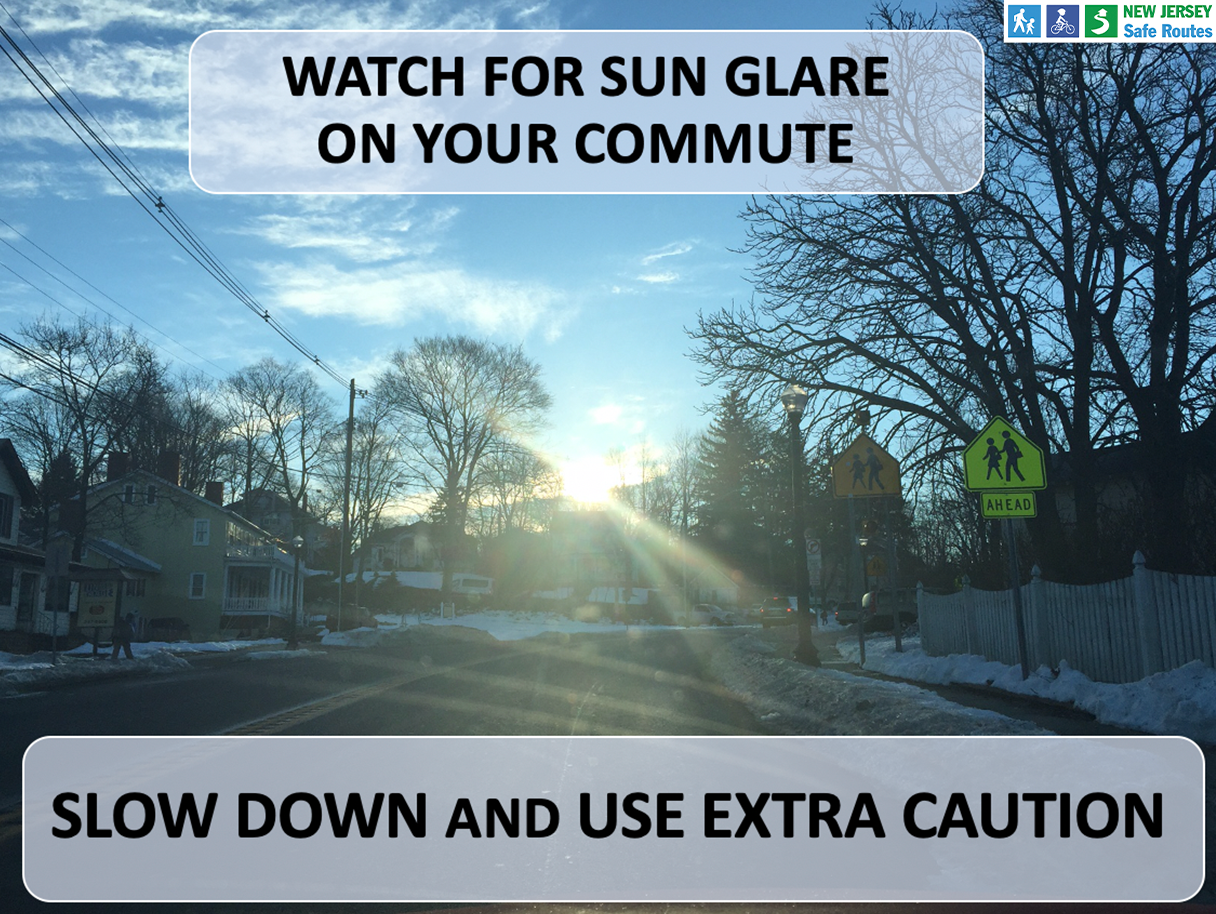
March and November
Glare is a concern during all seasons, but especially when daylight savings time starts and ends. Seasonally strongest from 7:30-9 a.m. & from 5-6:30 p.m. Drivers are far more attentive to road conditions like snow, rain, sleet or high winds. They tend not to give glare the degree of risk needed. Just after sunrise and before sunset, the sun can shine directly into drivers’ eyes, leaving many motorists driving with a glare. This glare can make it much harder to see the road ahead and potential hazards creating an added risk to drivers. When sun glare is an issue, slow down and use extra caution especially while driving through school zones. Reverse glare, which bounces the rays into drivers’ eyes as the sun sets, is also a hazard.
Be aware of daylight savings time adjustments in the Spring and Fall, with sun glare occurring during different parts of the familiar driving routine. Also, since sleep patterns are affected, be aware of the need for rest and the effects that a loss of sleep can have on driving attention and fatigue.
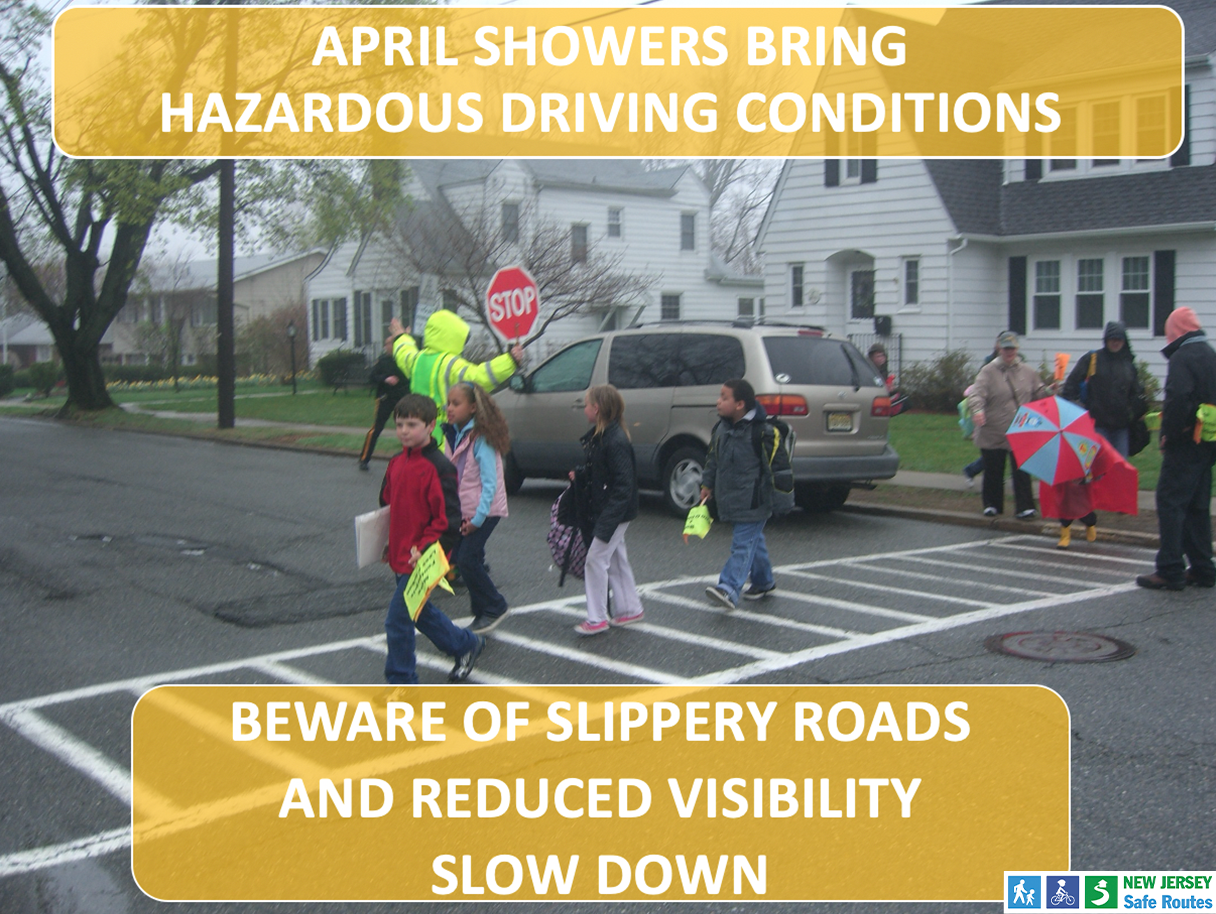
April
April showers brings hazardous driving conditions. In rain, fog, sleet, hail, and snow:
- drivers and pedestrians experience reduced visibility.
- roads can quickly become slippery.
- crosswalk striping may be slippery.
- stopping distances increase. Ensure traffic is stopped.
- children may run to shelter.
Lightning storms are also dangerous and can disrupt operation of traffic signals.
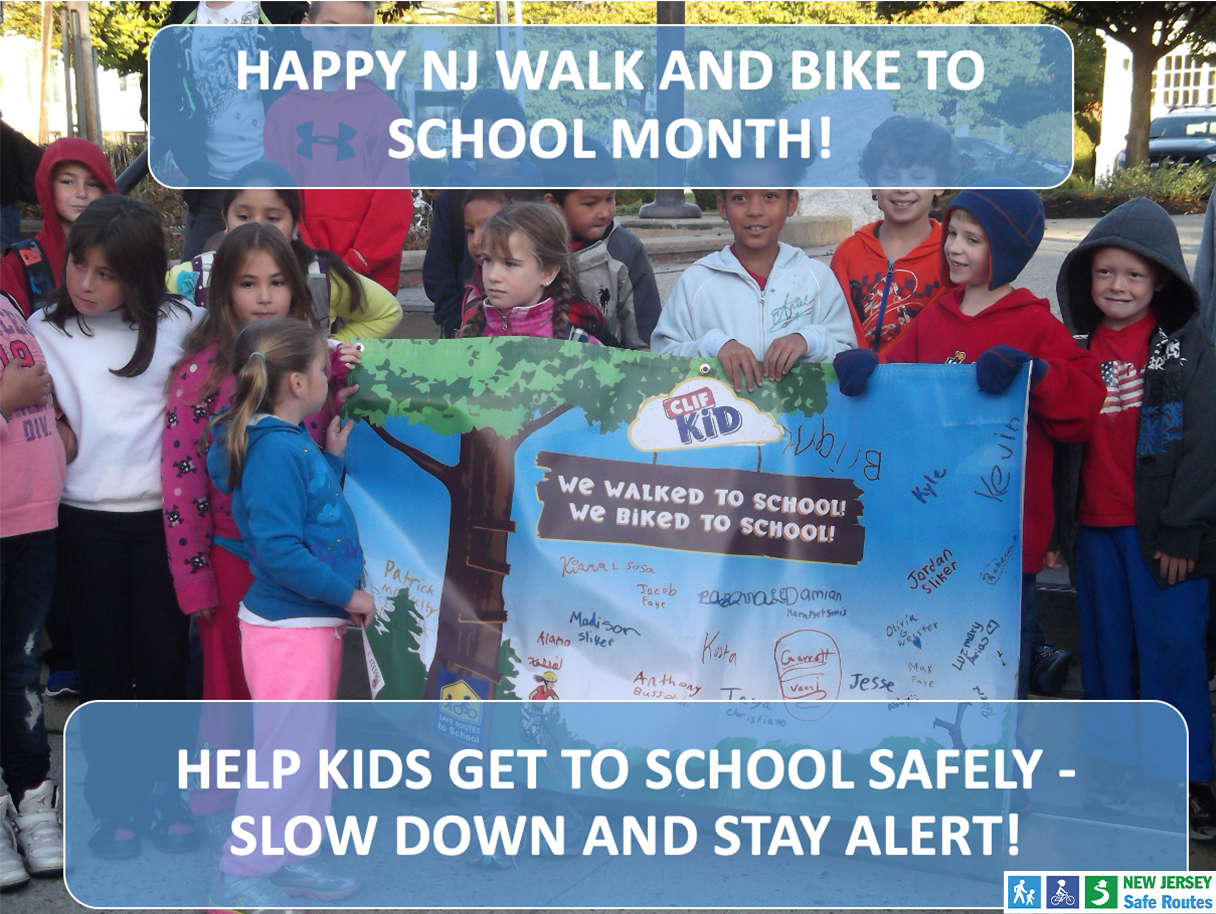
May
Celebrate Walk and Bike to School Month by leaving the car at home and walking or bicycling with your children to school!
If your school or community is not involved in Walk and Bike to School events, and you are interested in learning more about Safe Routes to School programs for your school and community, please contact a Regional Coordinator in your area to find out how to get started! Information on walk and bike events and street safety during Halloween 2020 is available on our website.
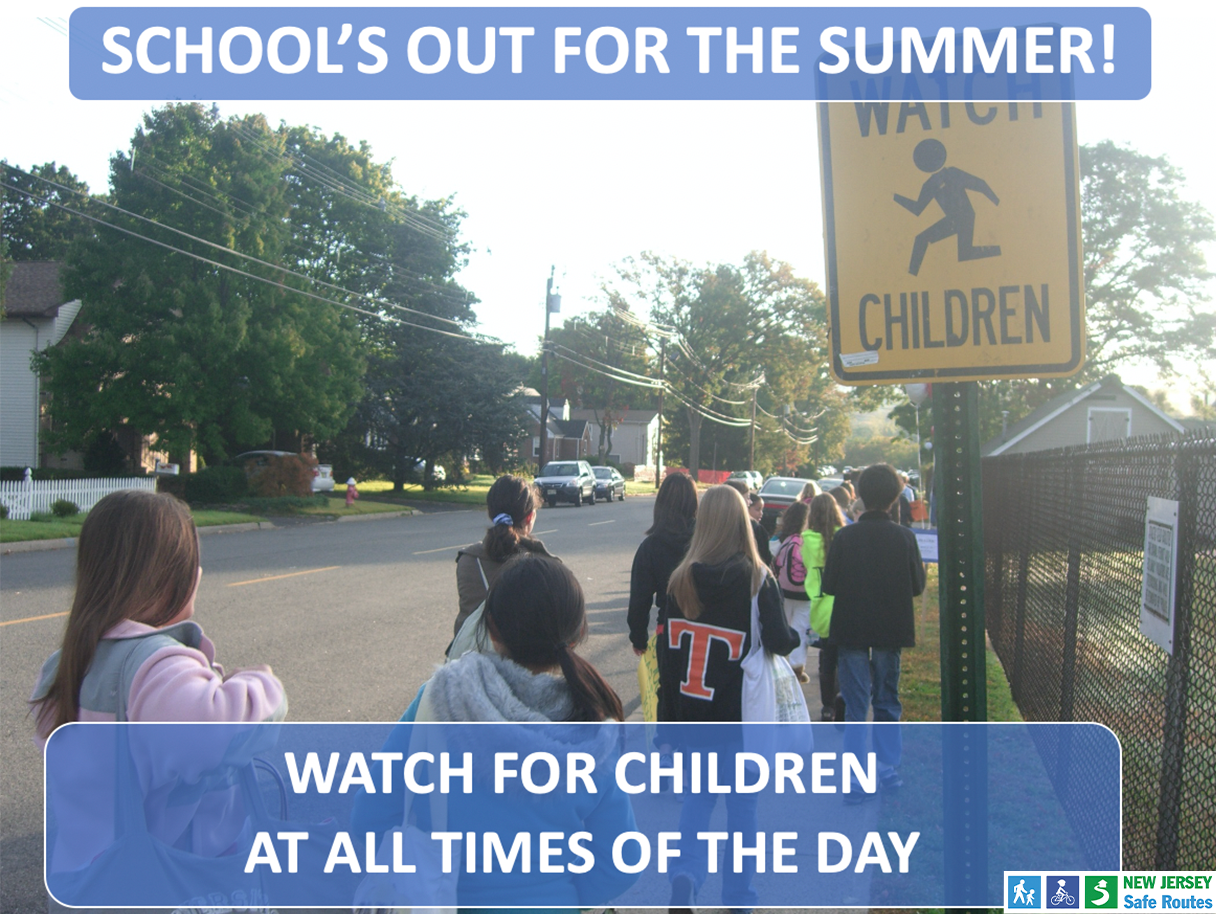
June
Kids will be excited and may not be thinking about their personal safety so drivers need to be extra cautious in looking for child pedestrians during the summer. During those last few days of school, be aware that kids may be arriving or leaving school at different times throughout the day. Use extra caution when driving through school zones. Remember that playground speed limits remain in effect year round. Small children are less predictable and harder to see than adults. Pay attention and always anticipate the unexpected. Always watch for children as you’re backing up. Walk around your vehicle to make sure no small kids are behind it.
Tips for Parents:
- Focus on the basics. Teach your children to make eye contact with the driver before they cross, even if the walk signal is on.
- Remind them to walk, don’t run across the road. Stop, look and listen before crossing the street.
- Don’t jaywalk. Teach your children to cross at intersections that have a marked crosswalk or a pedestrian crossing light.
- When walking with your child avoid unnecessary shortcuts like walking through a parking lot. Drivers may not see children between parked cars and the children may not see the cars moving.
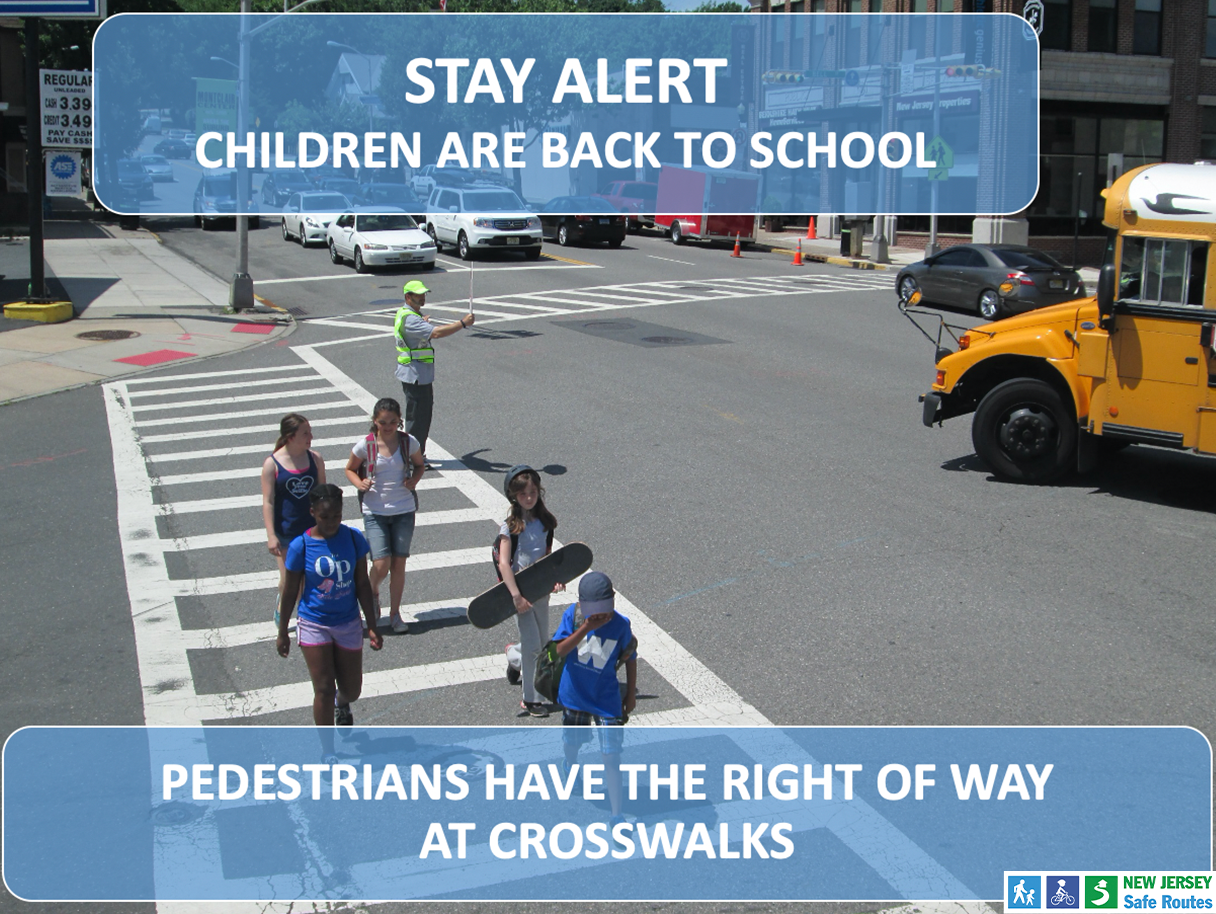
Early September
School is back in session, so remember to obey crossing guards and that pedestrians have right of way at crosswalks. Double and triple check those intersections; a late-for-school student might suddenly appear out of nowhere and dart across the street when you least anticipate it. Making full stops at stop signs and red lights before turning right will give you the time you need to be completely sure the coast is clear before you enter a crosswalk. Have your foot covering the brake pedal and your eyes scanning the road when entering a marked school zone. When children are around, school zones require you to obey the posted 25mph or slower speed limit, regardless of the day of week or time of day.
Don’t forget to be cautious around school buses as well. There are special regulations in place to ensure they get from their origin to their destination safe and sound. Did you know that more bus passengers are killed while unloading or loading each year than are killed while traveling inside a school bus? When a school bus stops with its red brake lights flashing and/or its stop sign raised, you must stop from either direction until all kids are safely across the street and the bus lights stop flashing (unless the school bus is stopped on the other side of a multilane or divided highway). Also, don’t tailgate a bus as they often make sudden stops when least expected. When a school bus is trying to merge back into traffic, you must give them the right of way.
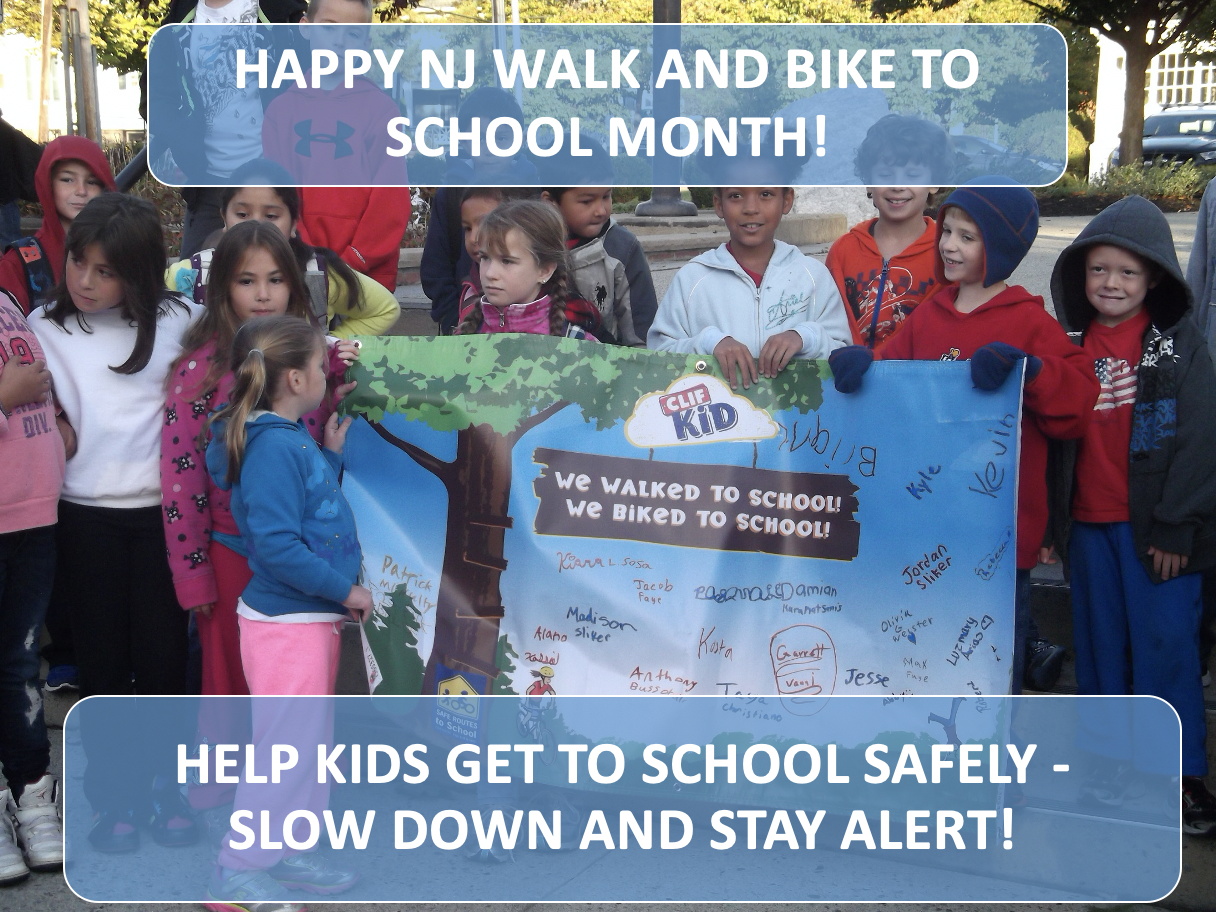
October
Celebrate Walk and Bike to School Month by leaving the car at home and walking or bicycling with your children to school!
If your school or community is not involved in Walk and Bike to School events, and you are interested in learning more about Safe Routes to School programs for your school and community, please contact a Regional Coordinator in your area to find out how to get started! Information on walk and bike events and street safety during Halloween 2020 is available on our website.
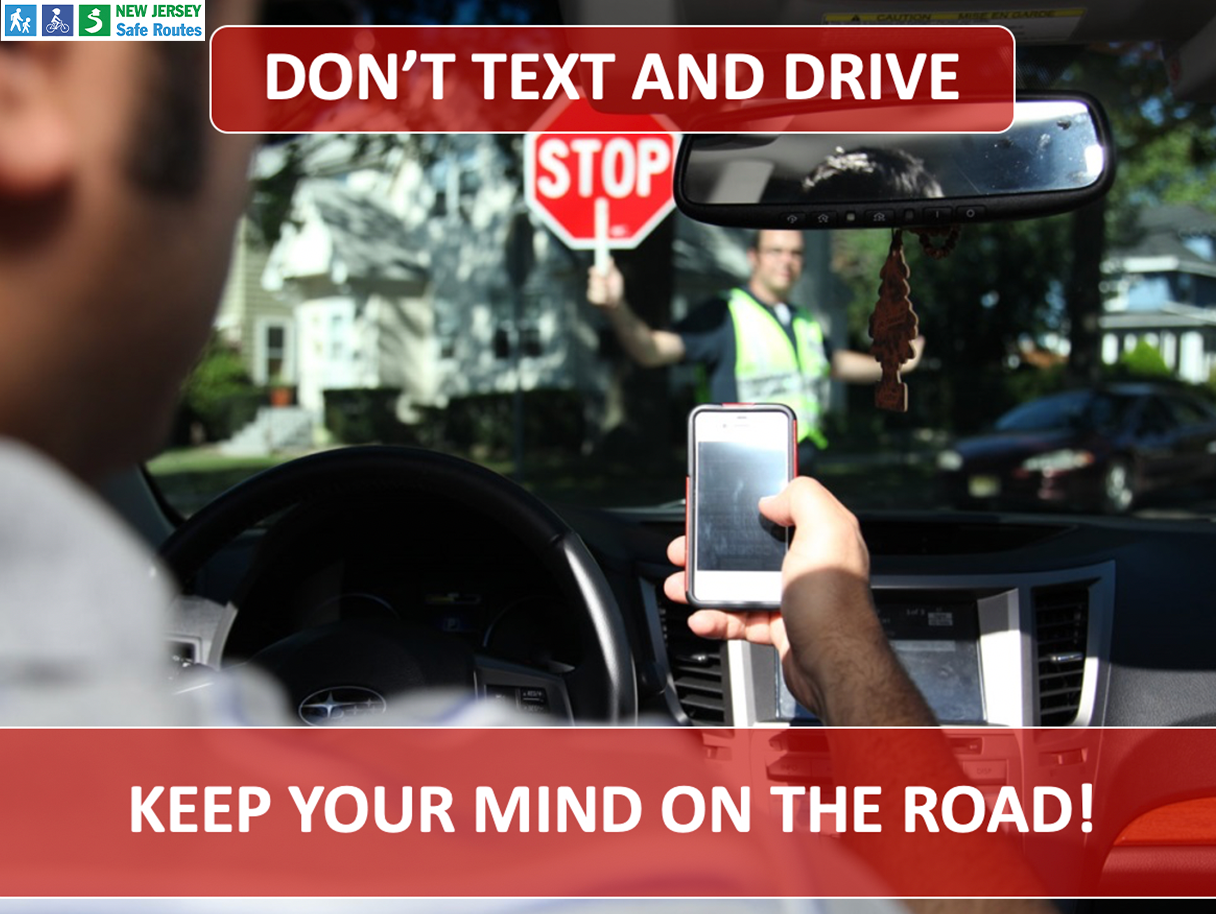
Any Month
Every year, thousands of people are killed in motor vehicle crashes involving distracted drivers. At any given daylight moment across America, approximately 660,000 drivers are using cell phones or manipulating electronic devices while driving, a number that has held steady since 2010. Engaging in visual-manual subtasks (such as reaching for a phone, dialing and texting) associated with the use of hand-held phones and other portable devices increased the risk of getting into a crash by three times. Five seconds is the average time your eyes are off the road while texting. When traveling at 55mph, that’s enough time to cover the length of a football field blindfolded.
Types of distractions to consider:
- Texting (because text messaging requires visual, manual, and cognitive attention from the driver, it is by far the most alarming distraction)
- Using a cell phone or smartphone
- Eating and drinking
- Talking to passengers
- Grooming
- Reading, including maps
- Using a navigation system
- Watching a video
- Adjusting a radio, CD player, or MP3 player
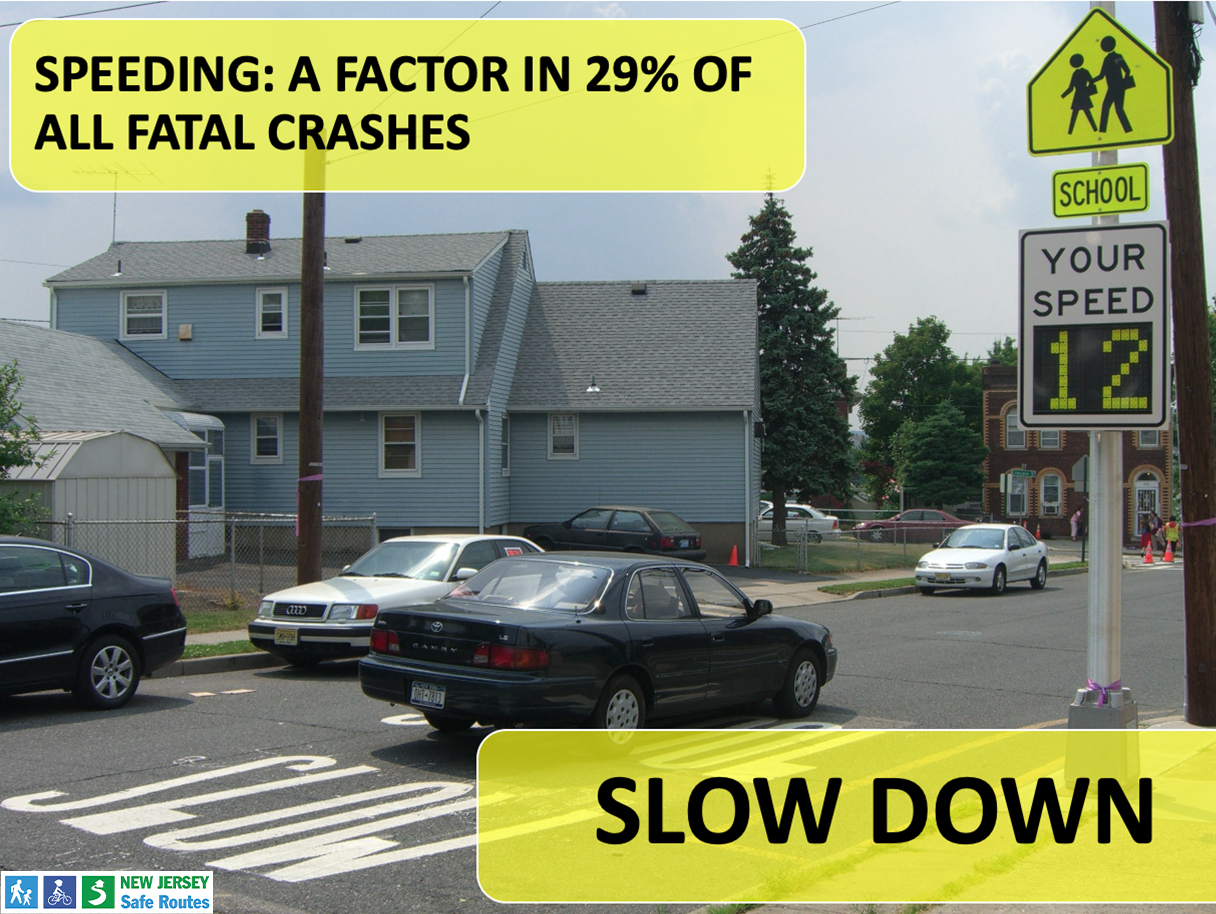
Any Month
Speeding reduces the amount of available time needed to avoid a crash and increases the likelihood of a crash, as well as the severity of a crash once it does occur. Speeding is a problem not only on freeways, but also on local streets. Many commuters opt to take surface streets, thinking they can more efficiently escape traffic and avoid congestion. In reality, driving 45 miles per hour instead of 35 on a five-mile trip saves less than two minutes. Traveling over the speed limit can be especially dangerous in bad weather conditions. Speeding was a factor in 53 percent of fatal crashes that occurred when there was snow or slush on the road and in 60 percent of those that happened in icy roads.
Tips to make your driving safer:
- Take time to plan ahead. Make sure you allow yourself enough travel time so you don’t end up rushing to get to your destination.
- Check your local traffic report online before you leave so you know where to expect congestion – then you know if you’ll need more time to get to your destination.
- Adjust your driving to meet road conditions. If the road is wet, slow down and keep more distance between you and the vehicle ahead of you. Also, roads are treacherous when it first starts to rain, as the water mixes with oils and other deposits to create a slick road surface.
- Be prepared to adjust to sudden speed reduction, for example, when you’re exiting from a highway, encountering sharp curves on a two-lane road or entering residential or high bicycle/pedestrian traffic areas.
- If you’re late, you’re late. Accept it and apologize when you arrive. It’s better than endangering lives.
- Wear your seat belt. It’s not only the law, it could keep you from becoming a speeding-related fatality.
- Giving yourself plenty of time to get where you’re going, heeding weather conditions, and using your common sense will help you drive more safely.
